Asko FN2283B Bruksanvisning
Läs gratis den bruksanvisning för Asko FN2283B (28 sidor) i kategorin Frys. Guiden har ansetts hjälpsam av 14 personer och har ett genomsnittsbetyg på 4.6 stjärnor baserat på 7.5 recensioner. Har du en fråga om Asko FN2283B eller vill du ställa frågor till andra användare av produkten? Ställ en fråga
Sida 1/28

Bästa kund,
Tack för att du valde denna kvalitetsprodukt från ASKO. Vi hoppas att den
ska uppfylla dina förväntningar och passa för dina behov under många år.
Skandinavisk design kombinerar rena linjer, funktionsduglighet varje dag och hög
kvalitet. Dessa är nyckelegenskaper för alla våra produkter och orsaken till att
de uppskattas mycket världen över. För att få bästa resultat med din nya maskin
rekommenderar vi att du läser bruksanvisningen innan du använder maskinen.
Bruksanvisningen innehåller också information om hur du kan bidra till att skydda
miljön.
Bruksanvisning
UPPRÄTT FRYSSKÅP
FN22838W
FN22838S
FN2283W
FN2283S
FN2283B
Produktspecifikationer
| Varumärke: | Asko |
| Kategori: | Frys |
| Modell: | FN2283B |
Behöver du hjälp?
Om du behöver hjälp med Asko FN2283B ställ en fråga nedan och andra användare kommer att svara dig
Frys Asko Manualer
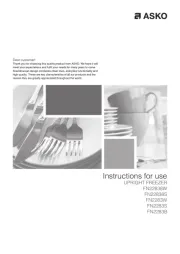
14 September 2025
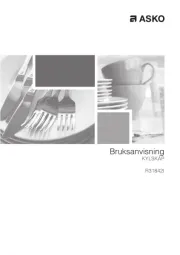
13 September 2025
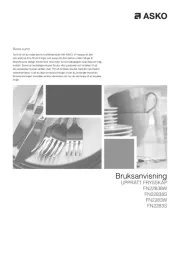
14 Juni 2025

23 September 2024

18 September 2024

17 September 2024

17 September 2024

17 September 2024

17 September 2024

23 Augusti 2024
Frys Manualer
- NewAir
- Husqvarna
- Tomado
- Bluesky
- FAURE
- Smeg
- Limit
- Orava
- Klarstein
- Sanyo
- SPT
- Brandt
- Euromaid
- Whirlpool
- Newpol
Nyaste Frys Manualer
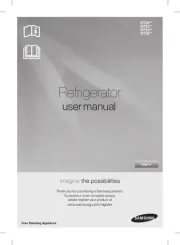
19 Oktober 2025
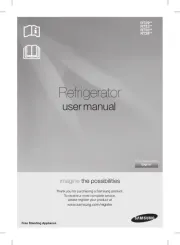
19 Oktober 2025
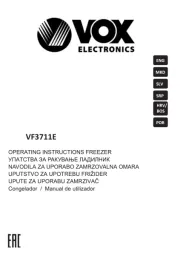
19 Oktober 2025
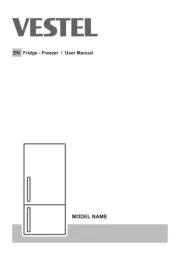
19 Oktober 2025
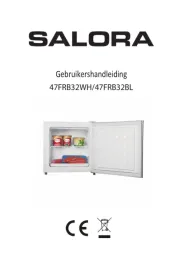
17 Oktober 2025
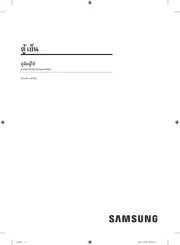
16 Oktober 2025
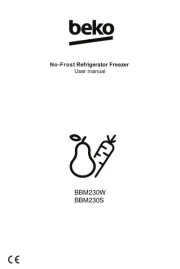
15 Oktober 2025
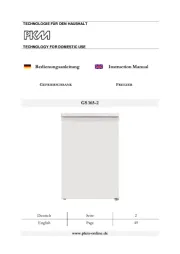
14 Oktober 2025
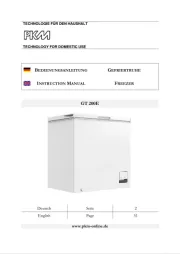
14 Oktober 2025
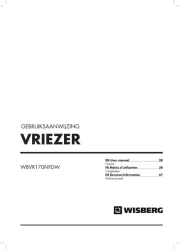
13 Oktober 2025